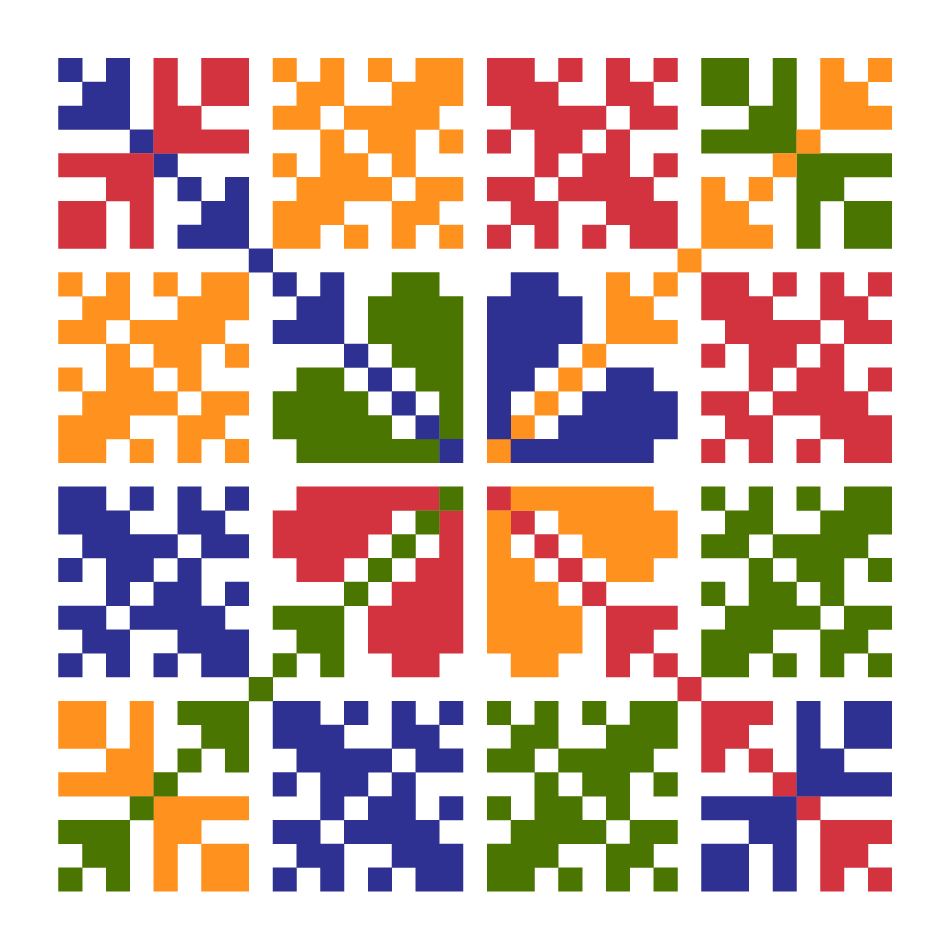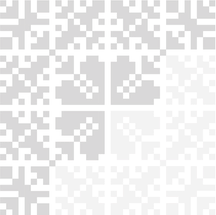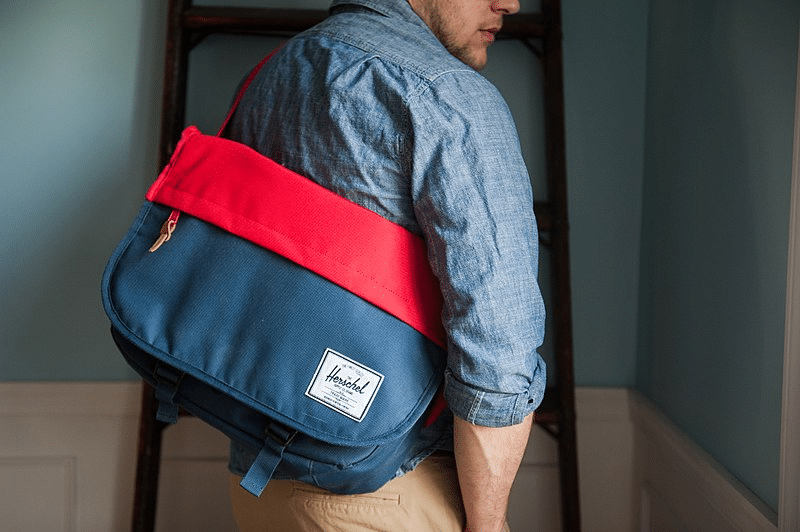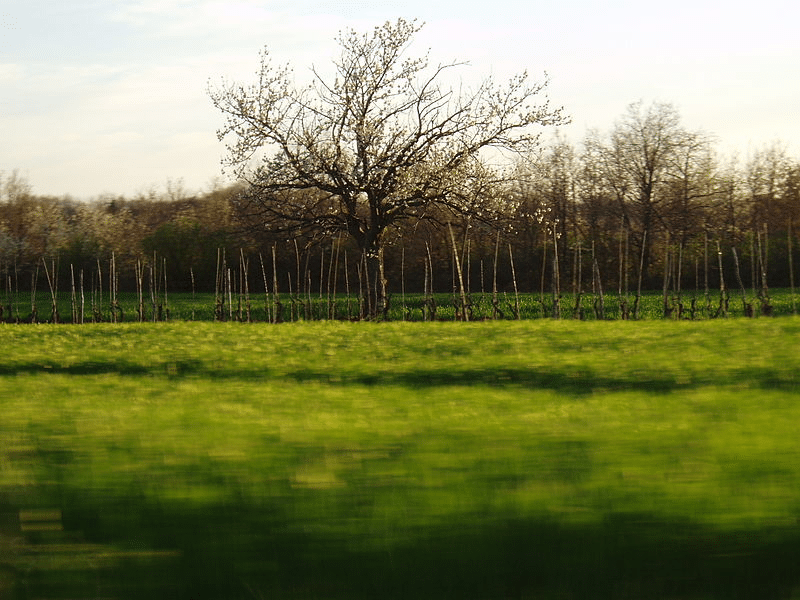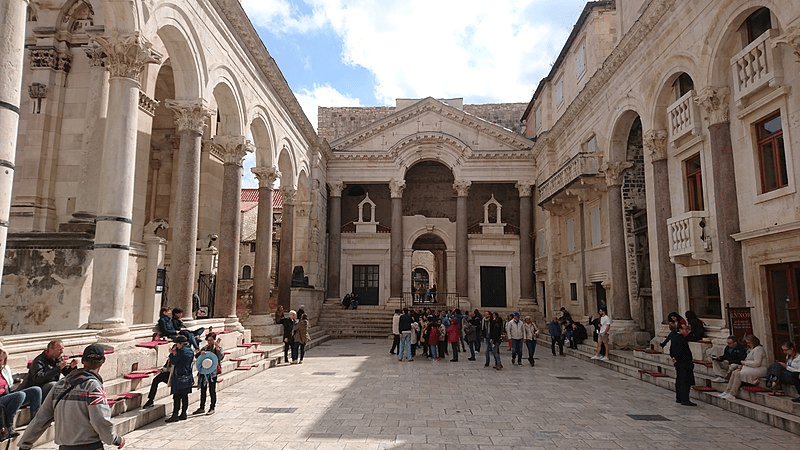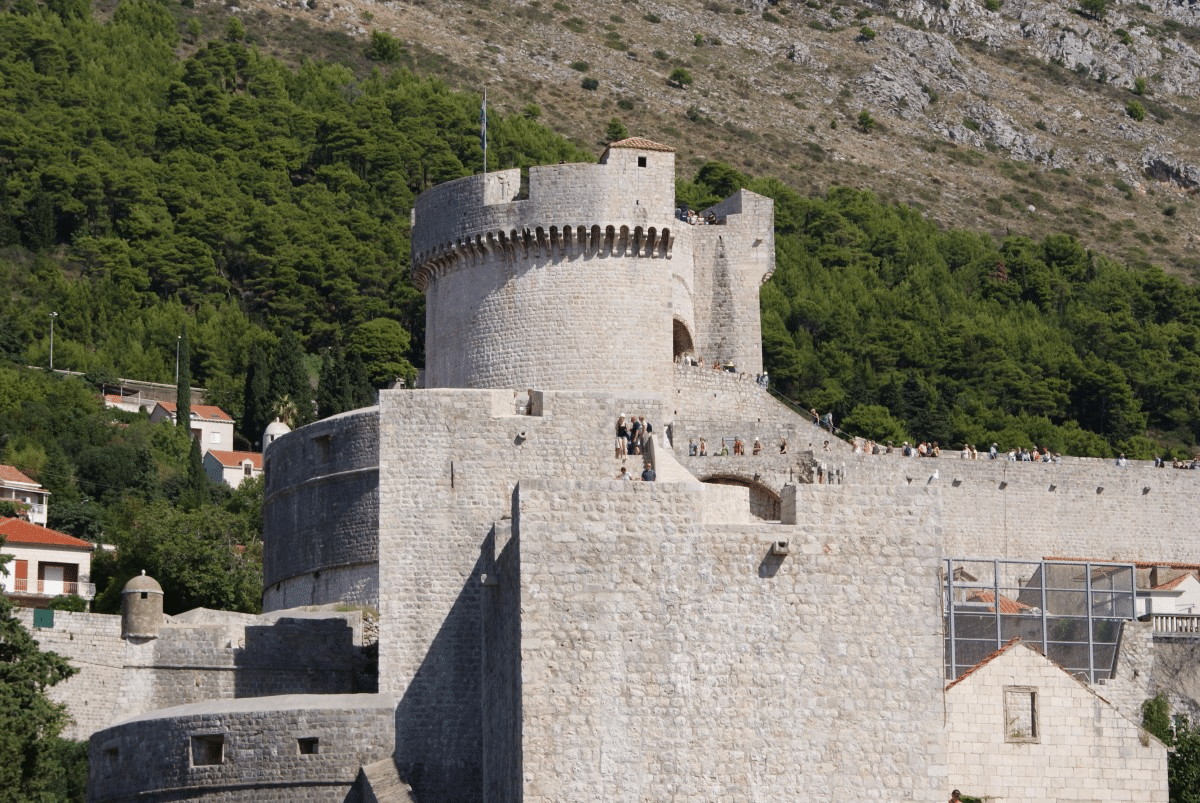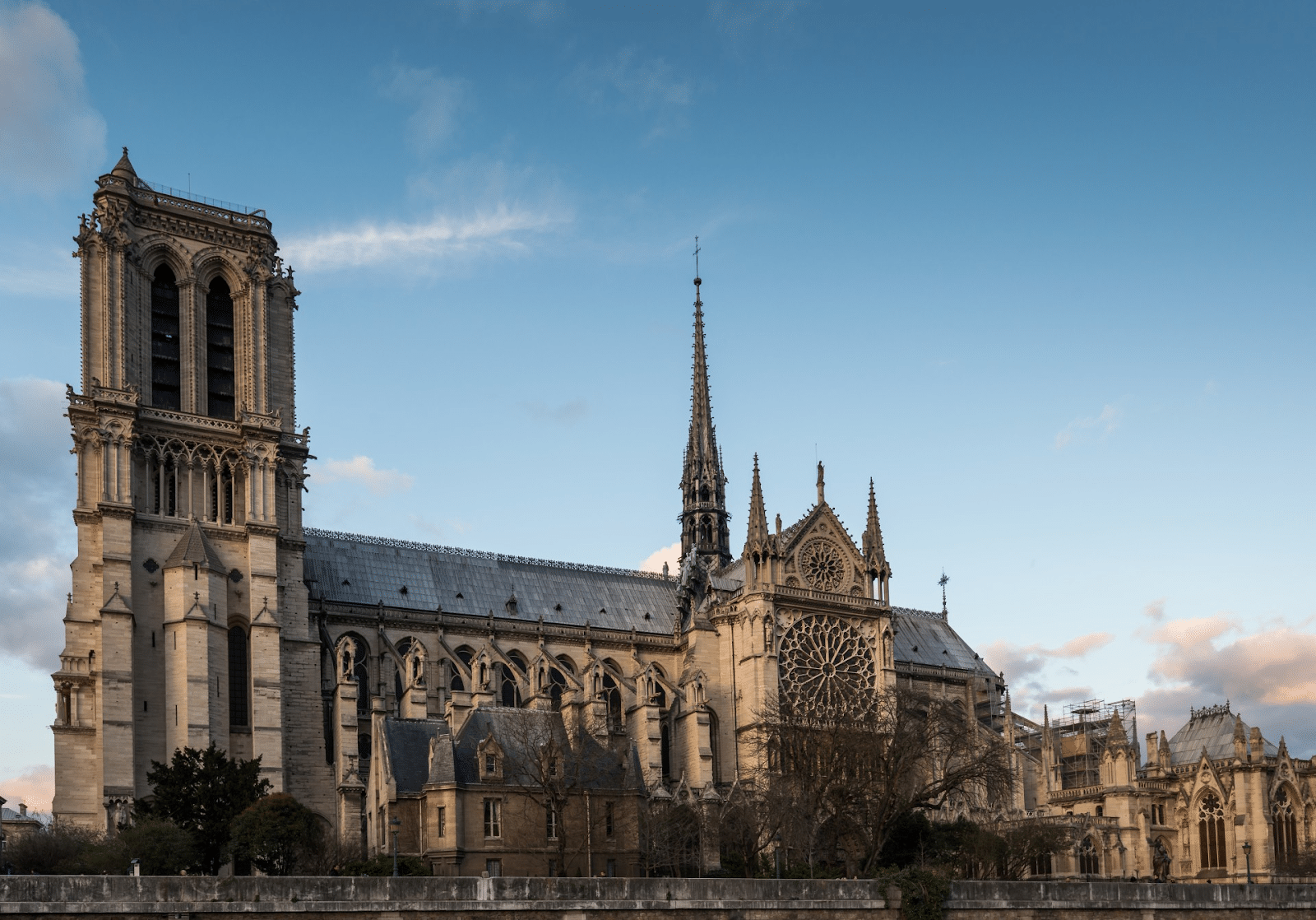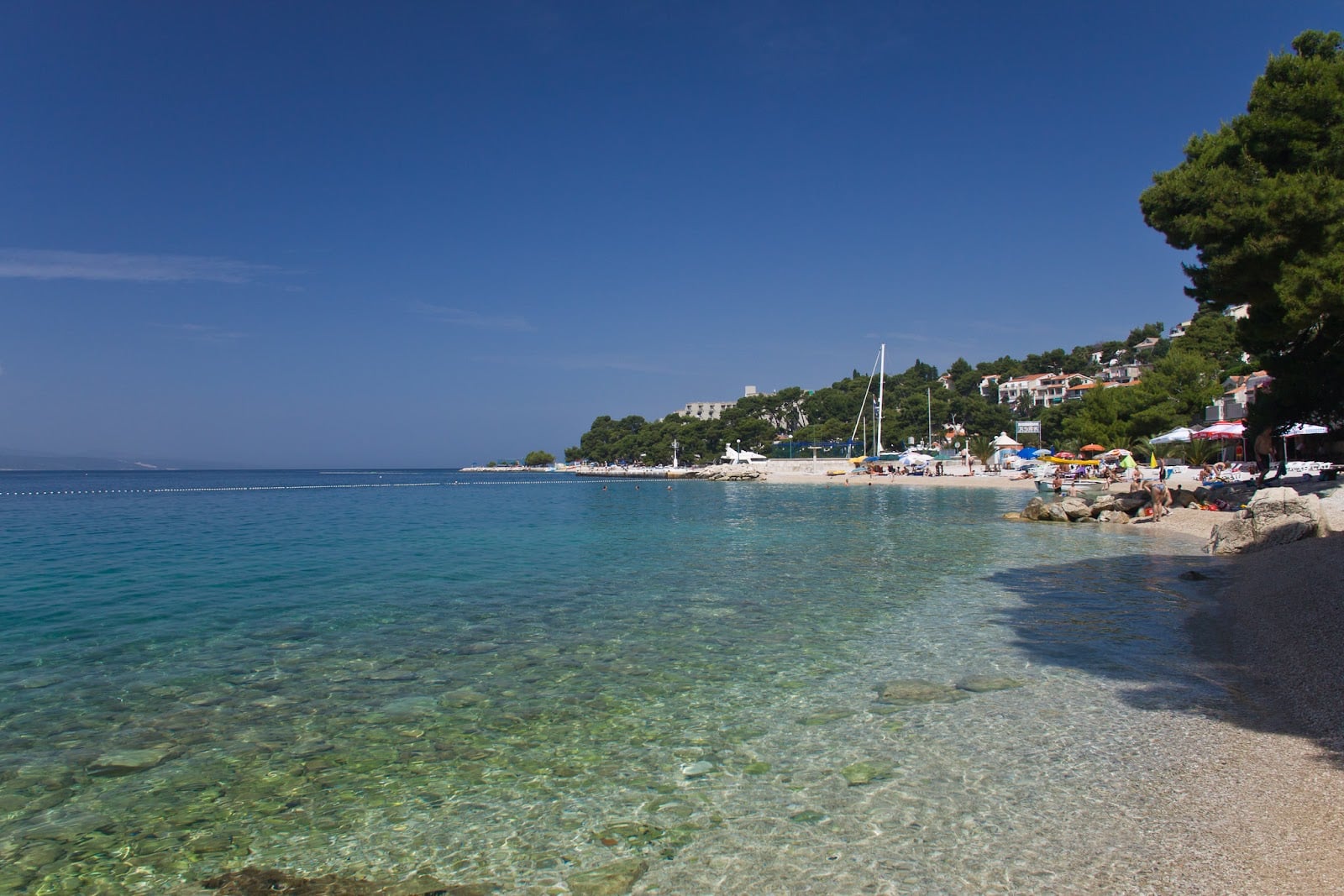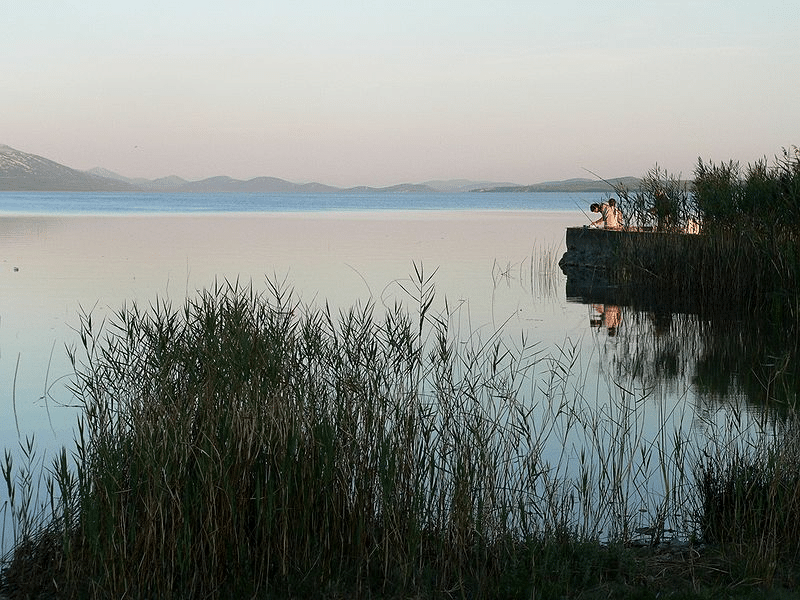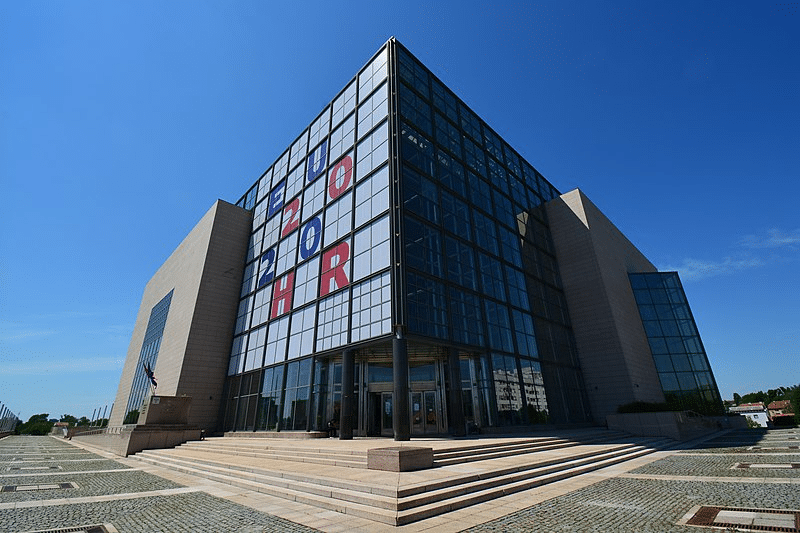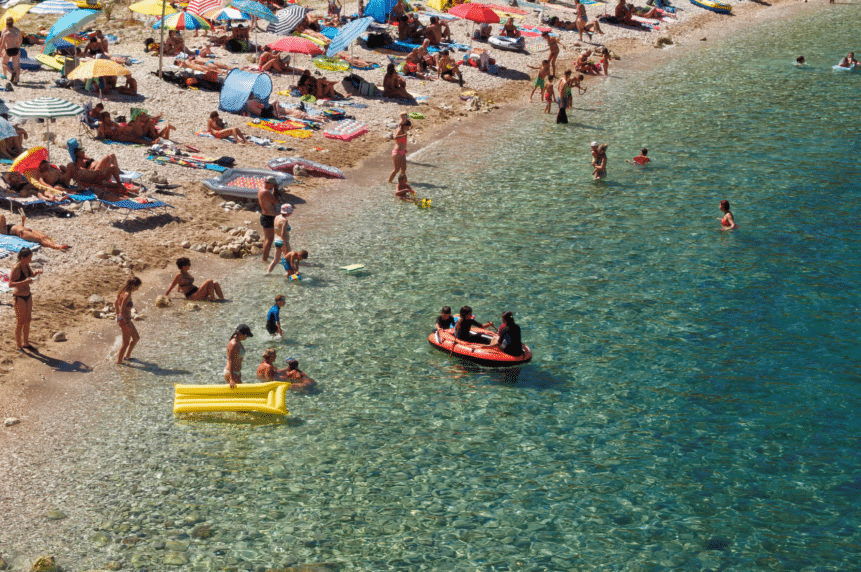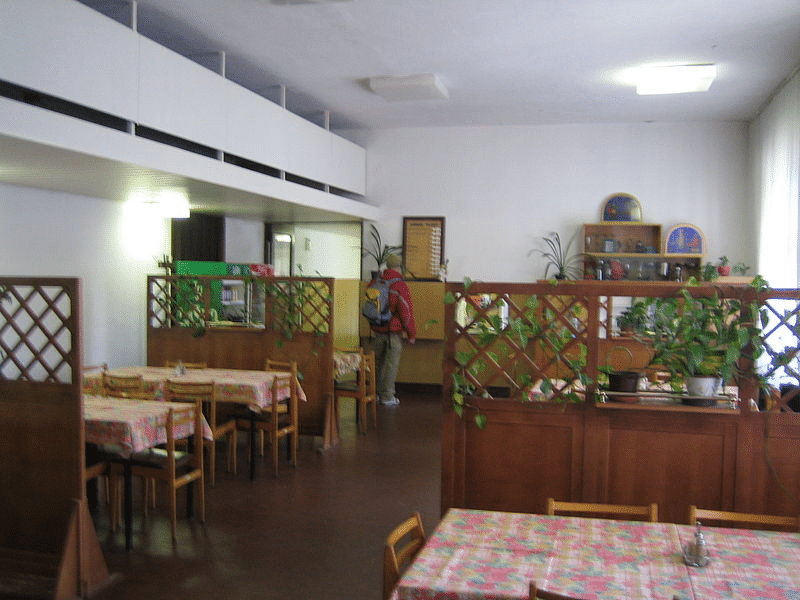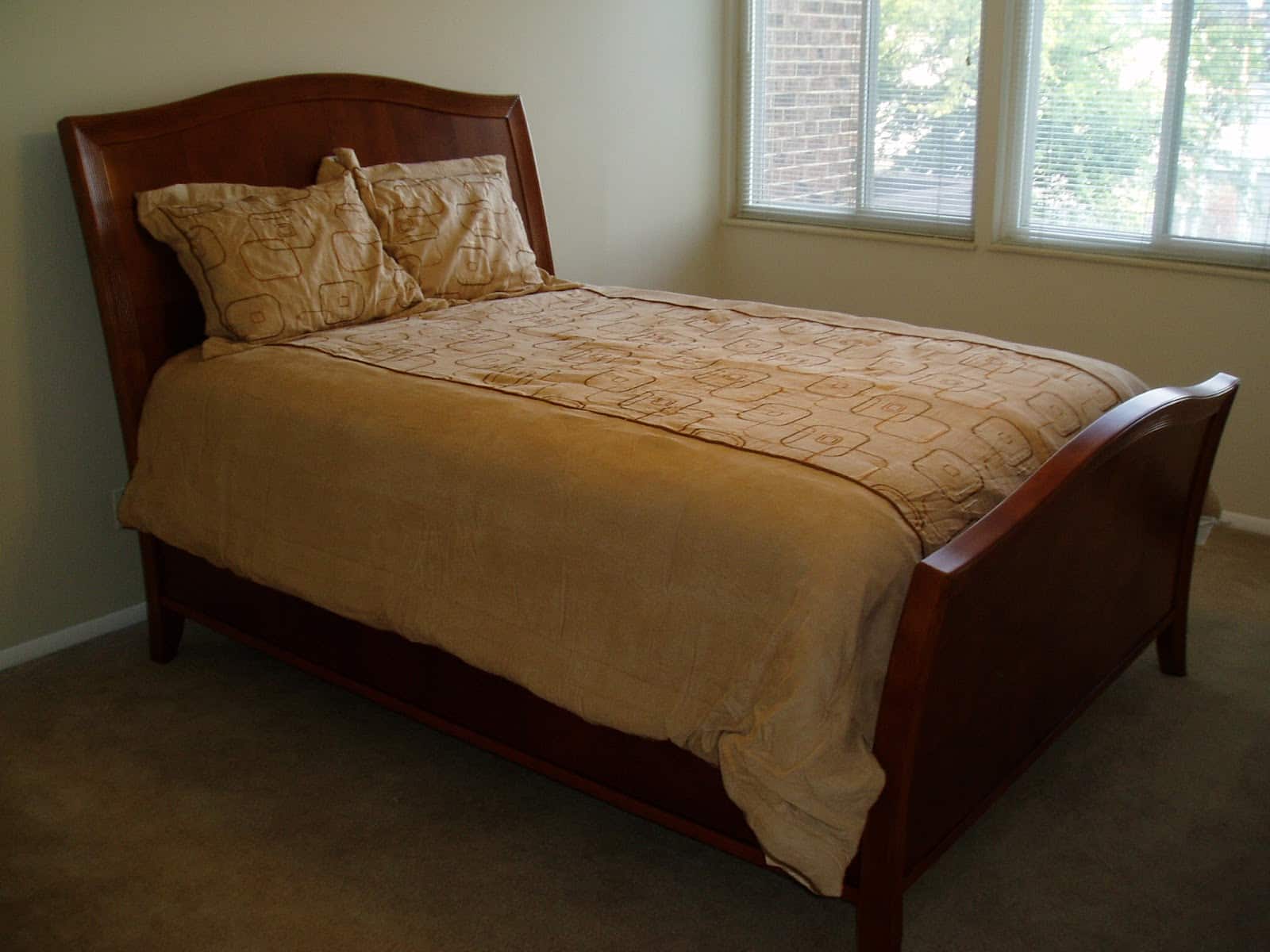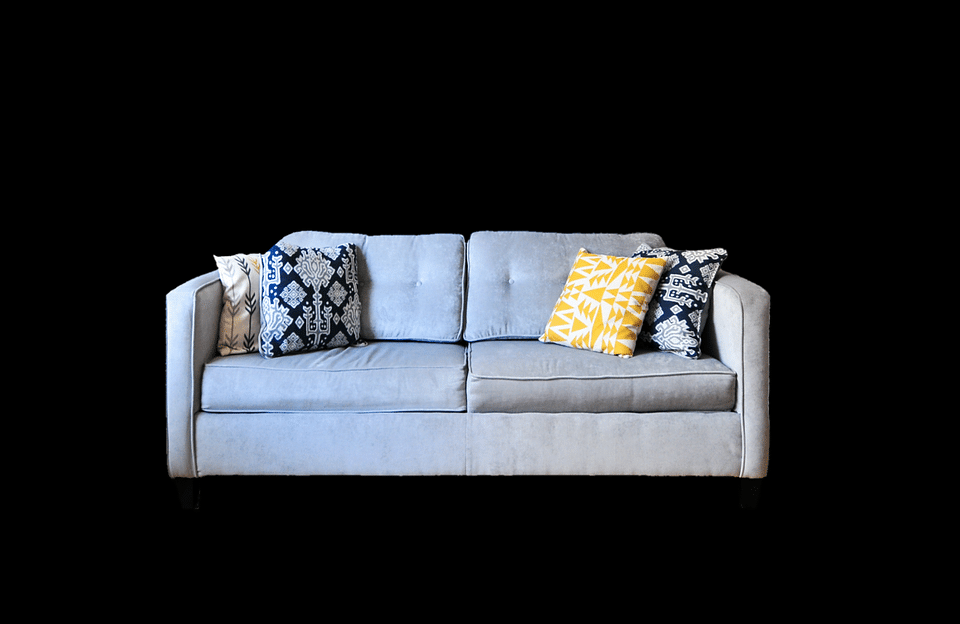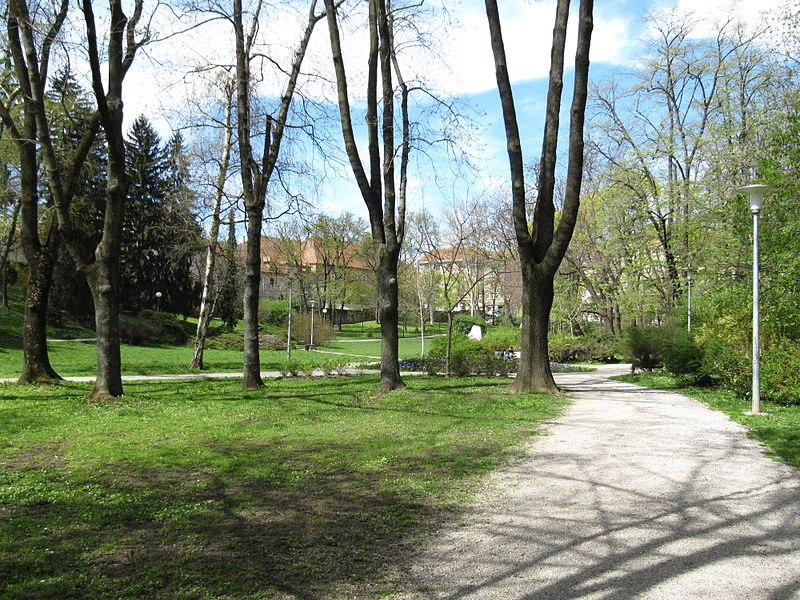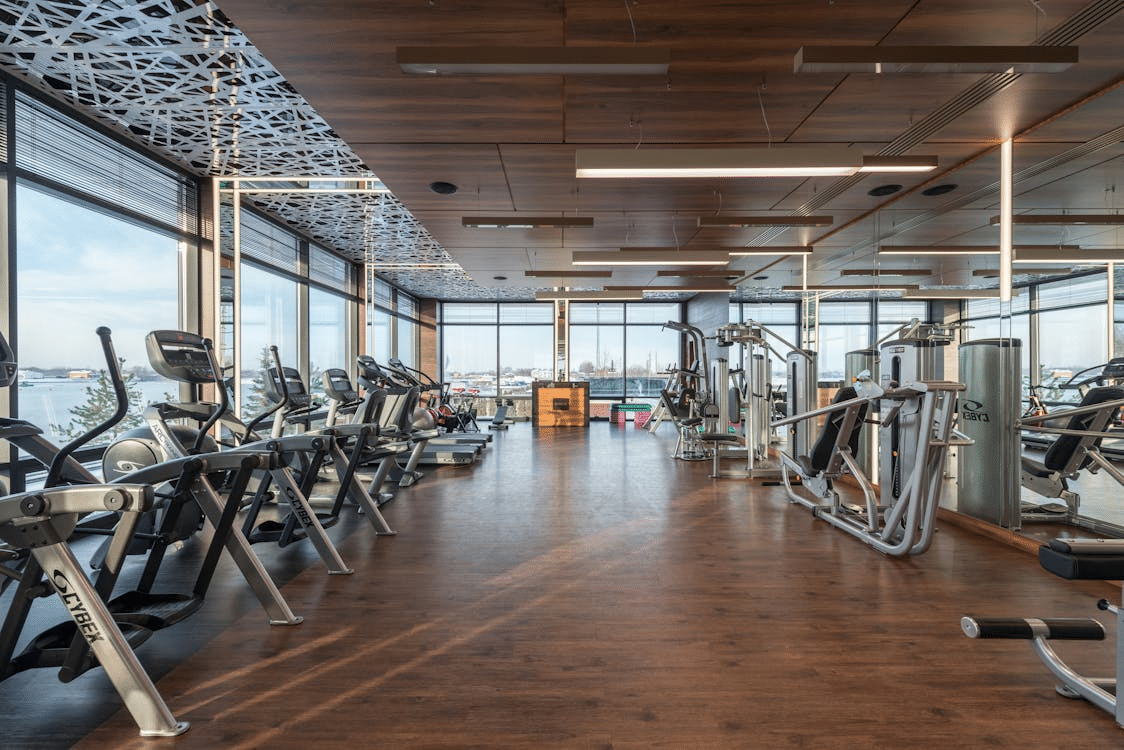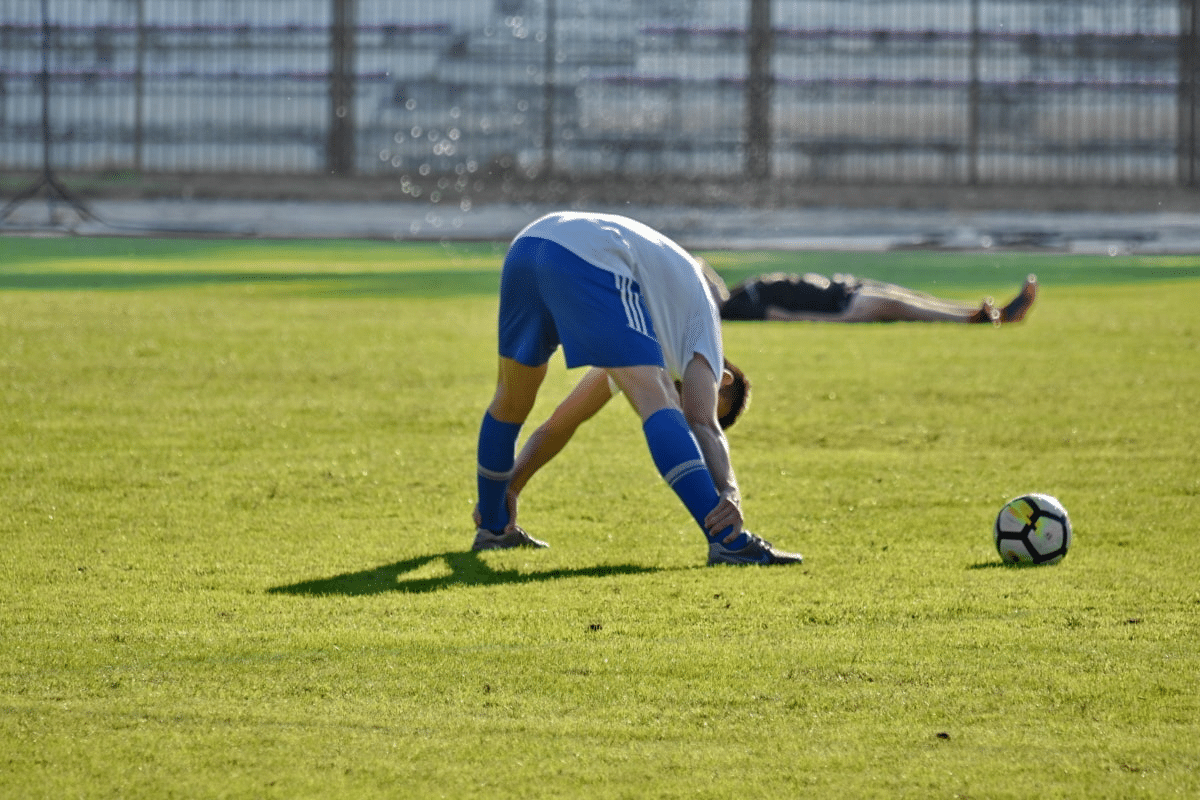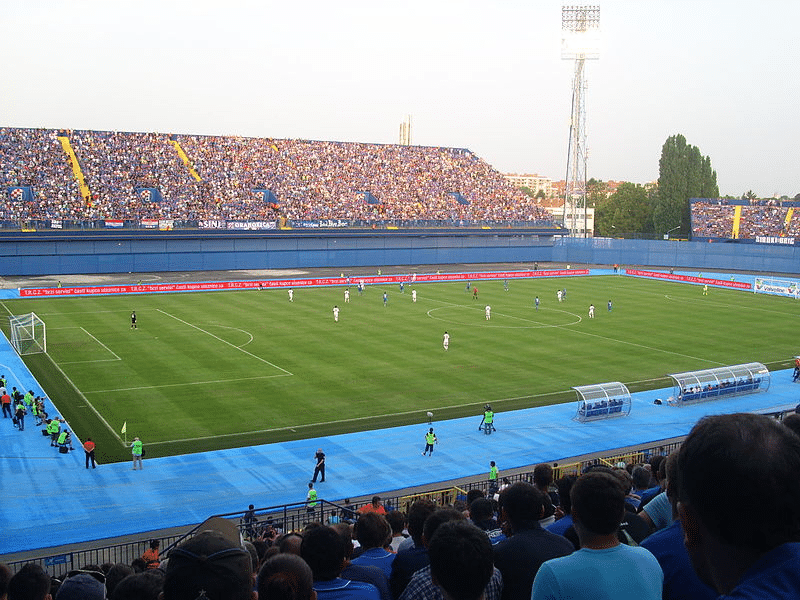C2 M3 L6 Grammar
2 | Modul 3: Gramatika
Kamo ideš?
2 | 3 | Lekcija 6: Idemo na kavu
| More about verbs
As we continue expanding the verb patterns, here is a brief overview of verb patterns that you have encountered so far.
| GLED-ATI | RAD-ITI | VOL-JETI |
ja | gled-am | rad-im | vol-im |
ti | gled-aš | rad-iš | vol-iš |
on/ona/ono | gled-a | rad-i | vol-i |
mi | gled-amo | rad-imo | vol-imo |
vi | gled-ate | rad-ite | vol-ite |
oni/one/ona | gled-aju | rad-e | vol-e |
| The verb NOSITI
In today’s lesson you encountered a new verb.
SINGULAR | PLURAL | ||||
ja | nos-im | mi | nos-imo | ||
ti | nos-iš | vi | nos-ite | ||
on/-a/-o | nos-i | oni/-e/-a | nos-e | ||
The verb nositi can mean: (1) to carry something, or (2) to wear something. Look at the following two sentences.
Ja nosim torbu. | Ja nosim jaknu. |
As you can see, in both situations what follows after the verb nositi is a noun in the Accusative case.
| GDJE? (Where?)
Where are you (located)? Locative Case
You have already learned how to say that you are going somewhere. To refresh your memory, let’s look at the following two examples: Idem u grad. / Idem na koncert.
In these two examples you already learned that a motion verb “to go” will require a preposition, after which a noun in the Accusative case will follow. (To review when to use “u” or “na,” look back at 2.3 Lesson 1 – Grammar section). However, to say that you are already located somewhere you will need to use a different case. This new case is called the LOCATIVE case (the name itself already hints that it refers to a location of something or someone). Let’s look at few examples:
Gdje si?
Places that require the preposition U
Ja sam u muzeju. | Ja sam u kazalištu. | Ja sam u školi. |
I am in the museum. | I am in the theater. | I am in school. |
Gdje si?
Places that require the preposition NA
Ja sam na koncertu. | Ja sam na selu. | Ja sam na plaži. |
I am at the concert. | I am in the countryside. | I am at the beach. |
As you can see, the Locative case will have the following endings for each gender:
Case | masculine | feminine | neuter |
Nominative | Zagreb | Podgorica | Sarajevo |
Locative | Zagreb-u | Podgoric-i | Sarajev-u |
The above endings are only for singular forms. We will learn more about the Locative case in later units.
Gdje je Dioklecijanova palača? | Gdje je arena? | Gdje je Baščaršija? |
Dioklecijanova palača je u Splitu. | Arena je u Puli. | Baščaršija je u Sarajevu. |
2.3 Zadatak 17. Turističke atrakcije
Look at the following attractions and say where they are located. Give the name of the city where the attraction is located. Be sure to include the appropriate preposition.
| |||
2.3 Zadatak 18. Gdje?
Answer the following questions so they are true for you from the two given options. If none of the given options is true for you, choose the one that you prefer. Be careful, you need to use the appropriate preposition before the chosen noun. Na primjer:
Gdje plivaš?
Ja plivam u jezeru.
Images used in this document are from these sources.
